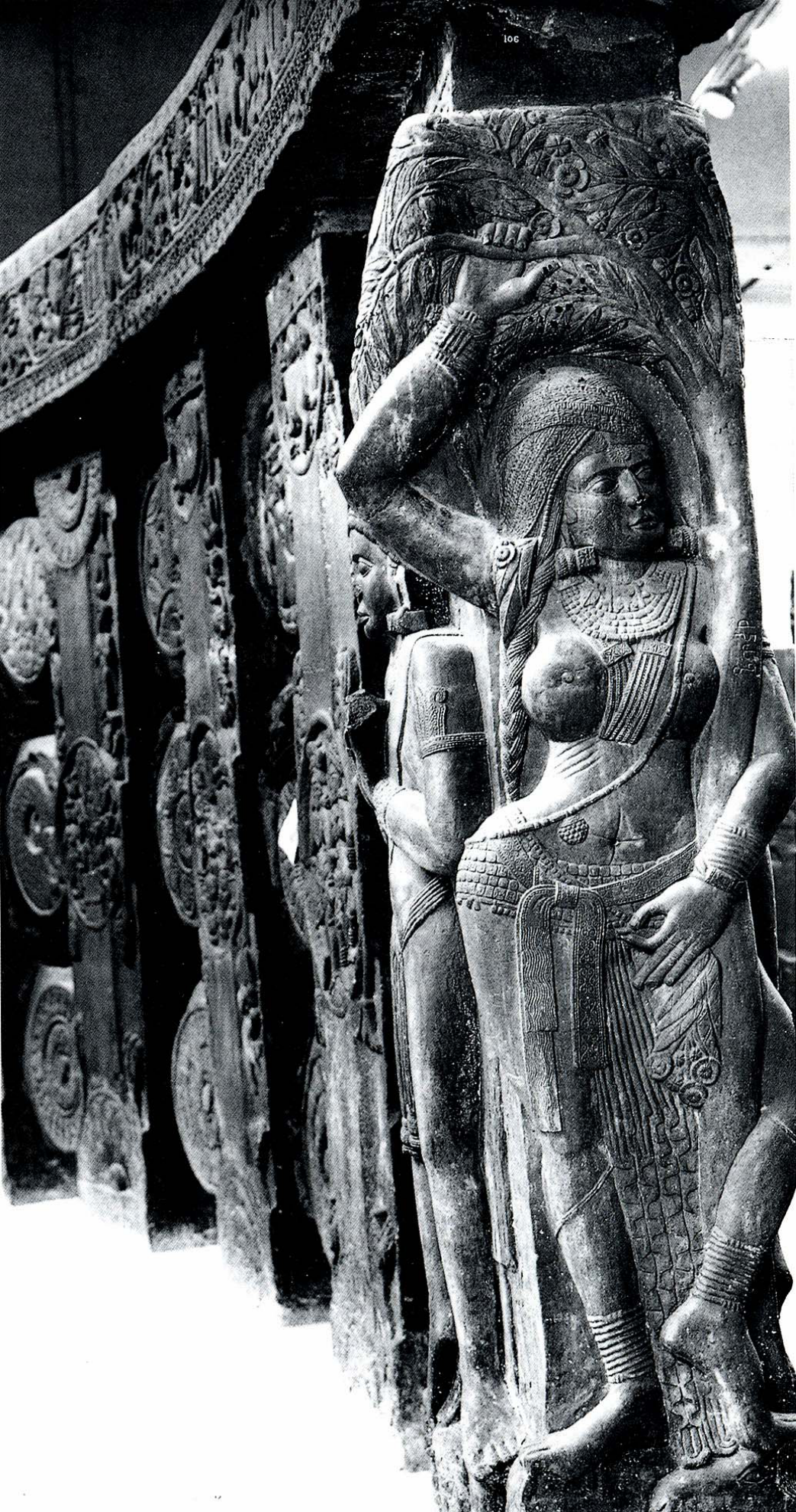Cow Protection- Symbol of Eternal Hindu Resistance
The state shall endeavour to prohibit slaughtering and smuggling of Cattle, Calves and other Milch and draught cattle. -Directive Principles of State Policy, Article 48 of the Constitution of India

The state shall endeavour to prohibit slaughtering and smuggling of Cattle, Calves and other Milch and draught cattle. -Directive Principles of State Policy, Article 48 of the Constitution of India

Cow protection has become a heavily politicized issue in contemporary India; often portrayed as a tool in the hands of Hindu nationalists to suppress Muslims and Dalits. This narrative usually ignores the importance of cow protection in fight against invasions and imposition of foreign cultures across centuries. Hindu resistance was never centralized, still all Hindu polities agreed on few fundamentals like Cow protection.
Vijayanagara empire rose from the ruins of southern Hindus kingdoms that were devastated by Islamic invasion in 14th century to preserve the culture and the heritage of Hinduism. Vijayanagara emperors took special care to protect cows. Muslim authors have mentioned about how Hindu troops of Vijayanagara were given motivational speeches by Brahmins before battles. Brahmins were commanded by Generals to describe specifically the butchery of cows, the insults to sacred images, and destruction of temples. (1)
Maharana Kumbha liberated twelve lakhs cows from the Muslims after his victory over Nagor Sultan in 1455. He marched to war against Nagor in 1467 again as reports reached him that Muslims had begun to kill cows in Nagor. (2)
From the time of Chhatrapati Shivaji Maharaj, Marathas made endeavours to protect cows and always included cow protection in treaties. Mahadji Scindia made Mughal emperor pass an order forbidding cow slaughter throughout the empire. (3)
Jat king Jawahar Singh prohibited cow slaughter after capture of Agra from Mughals. Kalika Ranjan Qanungo writes, “It was perhaps during the regime of Jawahir Singh, the strongest and most vindictive among the Jat Rajahs that “The Great Mosque of Agra was changed into a market: the grain merchants had order to expose their goods for sale there. The butchers’ shops were closed. They [the Jats] made very severe prohibition of the slaughter of oxen, cows and also of kids.” (4)
Cow-slaughter was banned in Maharaja Ranjit Singh’s empire where it was punishable with death as it was in Kashmir under the Dogra rulers. (5)
Down south, Nayakas of Keladi needs special mention. Nayakas were a family of feudatories of Vijayanagara empire from Keladi/Ikkeri who rose from the ashes of the empire as a new power centre and established a kingdom that spanned the coastal districts of present day karnataka. Shivappa Nayaka (1645-60), the greatest of the Nayakas of Ikkeri destroyed Portuguese political power in Karnataka coast.
Historian Keladi Gunda Jois wrote about keladi rulers, “The rulers were shrewd and diplomatic in their dealings with foreign powers. They realized the evil intentions of the European powers. In their negotiations with these powers, the Keladi rulers made it abundantly clear to them that no one was to be converted to Christianity against his will and that no Brahmins or cows were to be slain by them. These illustrate the sincerity and foresight with which the kings and queens of Keladi protected the Hindu religion against the inroads of these foreigners, one of whose avowed intentions was to convert Hindus to Christianity.” (6)
Dharmic king of Travancore Mathanda Varma signed Treaty of Mavelikkara in 1753 with the Dutch. Dutch committed not to interfere in the religious and internal affairs of Travancore. He is also remembered for protection accorded to temples, Brahmins, women and cows.(7)
Clearly cow protection needs to be brought into popular imagination again. This needs to be an issue of civilization, going beyond mere political or social concern.
Sources:
DISCLAIMER: The author is solely responsible for the views expressed in this article. The author carries the responsibility for citing and/or licensing of images utilized within the text.
